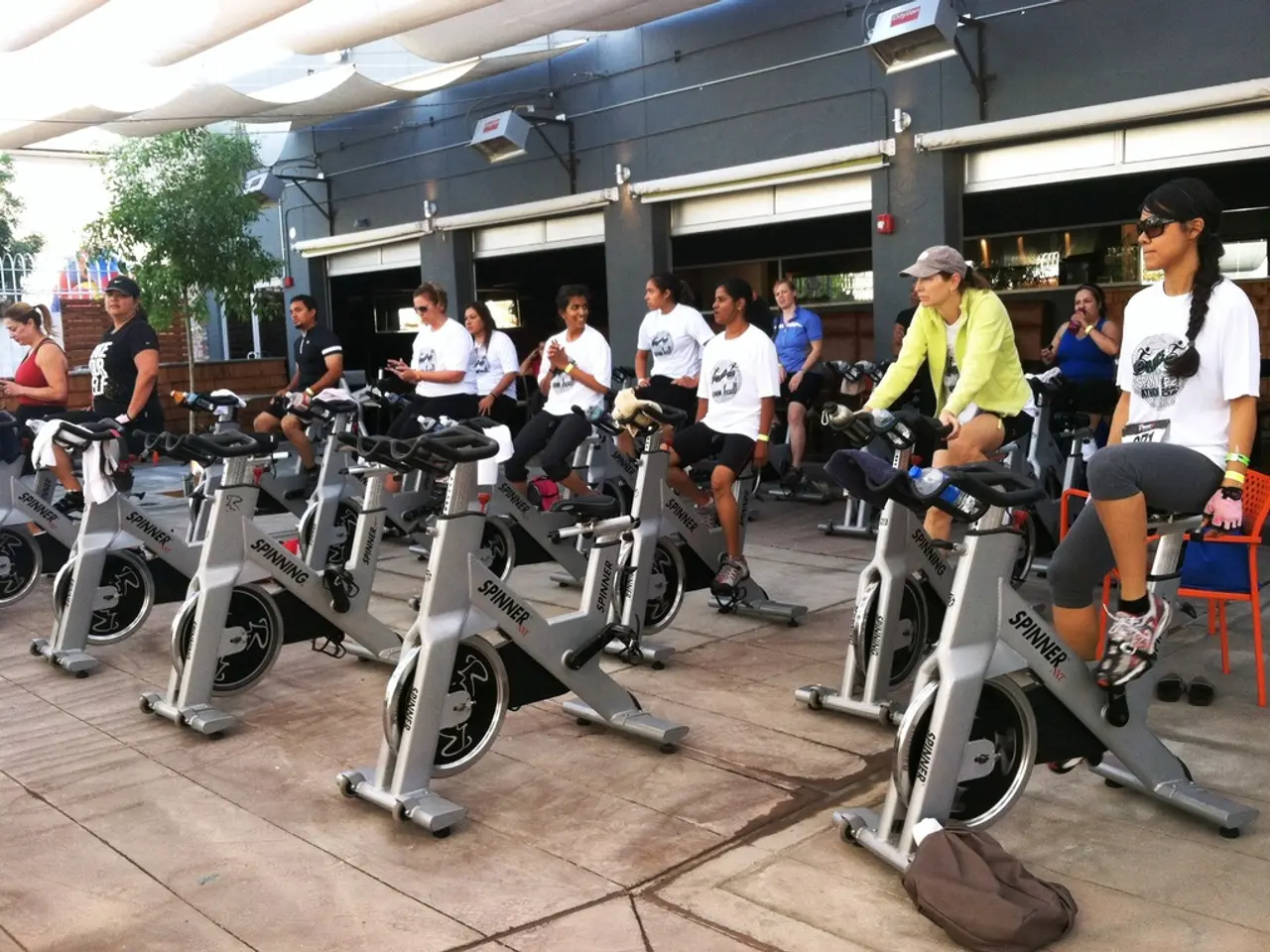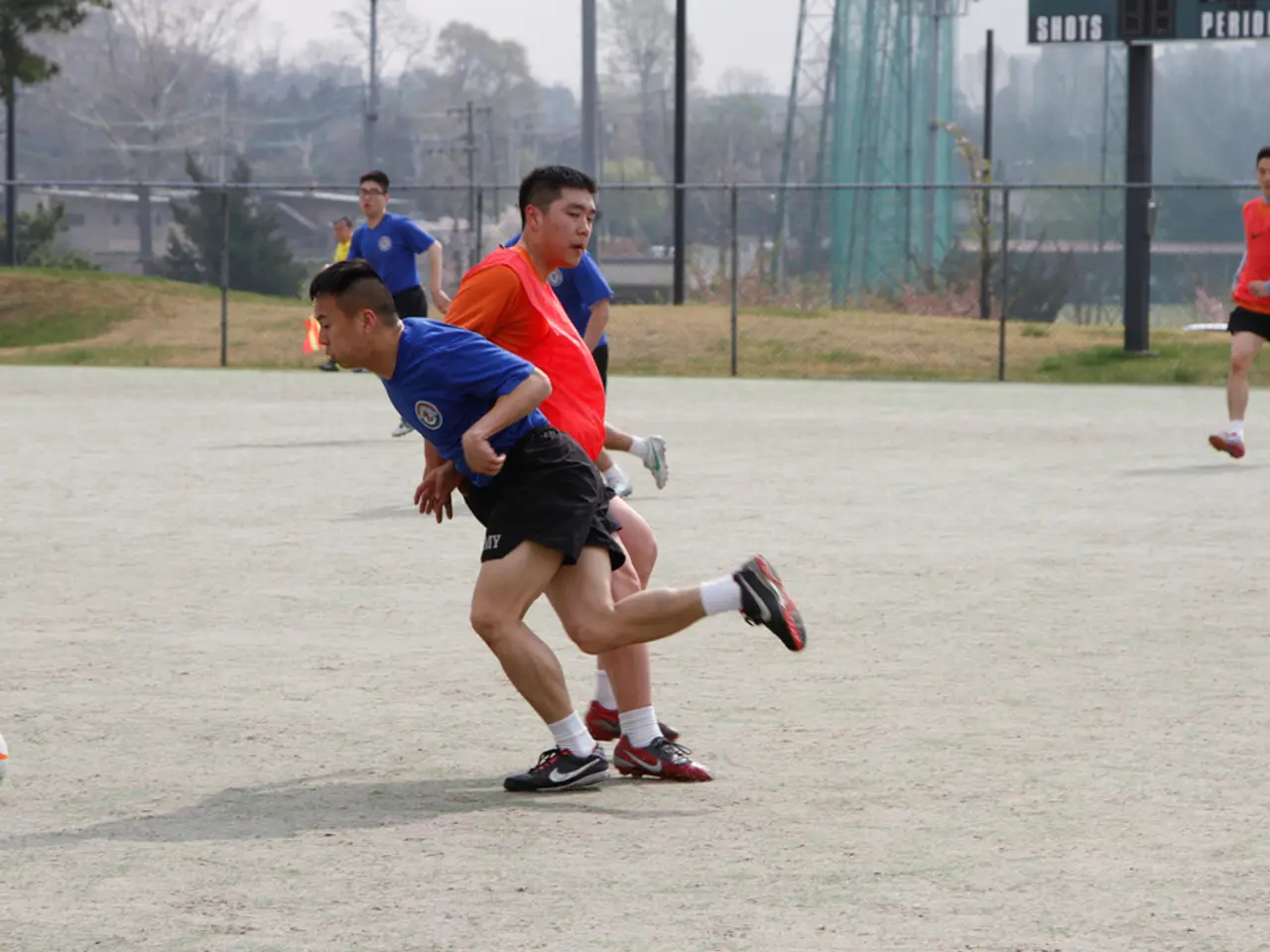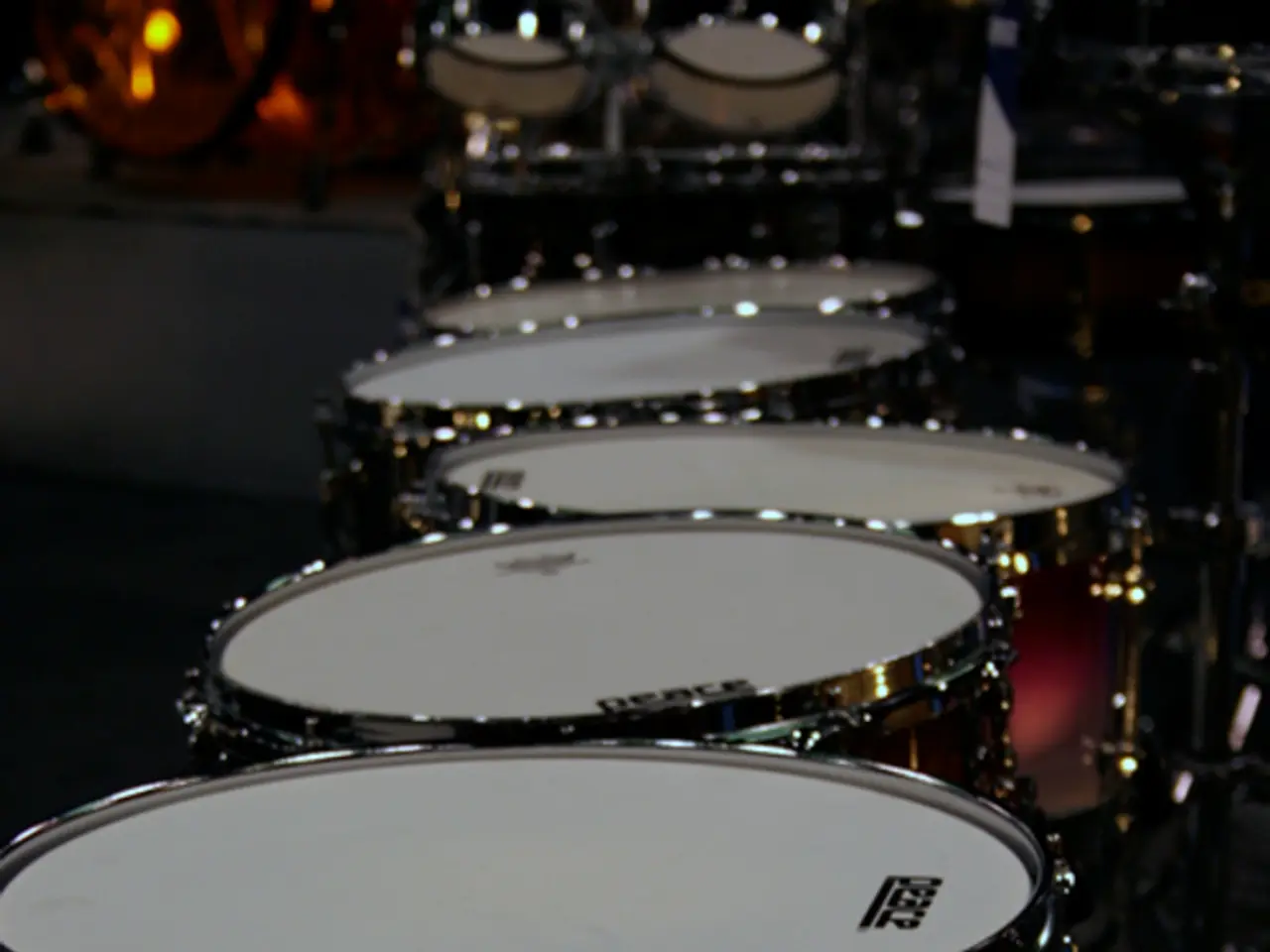Fitness Routine for Those Over 40: Maintain Strength, Flexibility, and Energy Levels
Strength training, mobility, and flexibility exercises, cardiovascular activity, and recovery practices are essential components of a balanced fitness routine for individuals over the age of 40. This approach, designed to accommodate age-related changes in recovery and joint health, can help slow down or reverse the natural muscle loss that occurs with age (a process called sarcopenia), improve energy levels, protect joints, build strength, and keep individuals feeling young from the inside out.
Strength Training
Aim for three days per week focusing on compound movements such as squats, presses, deadlifts, and rows. These exercises can be organised into push/pull/legs splits or full-body sessions. Use moderate rep ranges (8–12 reps), controlled tempos, and consider placing heavy lifts earlier or later in workouts depending on joint comfort and technique. Incorporate calisthenics like pull-ups, push-ups, and pistol squats to improve coordination, body awareness, and stability. Periodization is important: spend more time in accumulation phases (moderate intensity and volume) and less in intensification (maximal loads) to balance stimulus and recovery capacity typical after 40.
Mobility and Flexibility
Include daily or session-based routines with stretching and yoga to maintain joint range of motion, reduce injury risk, and aid recovery. Mobility work can be integrated on strength days and during recovery days (e.g., gentle yoga, dynamic stretching).
Cardiovascular Activity
Engage in aerobic exercise two to three times per week, ranging from moderate steady-state cardio (walking, cycling) to interval training for variety and cardiovascular health. Balancing training with aerobic exercise enhances coordination and reduces fall risk.
Balance Training
Incorporate specific exercises like single-leg deadlifts and balance challenges several times a week to maintain stability and joint integrity.
Recovery and Sleep
Prioritise recovery days with active recovery (leisure walks, gentle yoga) or complete rest. As recovery capacity decreases with age, systematically monitor training loads and recovery status. Adequate sleep supports muscle repair and overall health, making sleep hygiene a critical practice.
Sample Weekly Structure
Here is a sample weekly structure for a balanced fitness routine:
| Day | Focus | Activities | |-----------|----------------------------------|----------------------------------------| | Monday | Strength + Flexibility | Dynamic warm-up, strength training, flexibility work | | Tuesday | Aerobic + Balance | Moderate cardio, balance exercises | | Wednesday | Strength + Mobility | Strength training, mobility/stretching | | Thursday | Aerobic + Balance | Interval or steady-state cardio, balance training | | Friday | Strength + Flexibility | Strength training, flexibility exercises | | Saturday | Active Recovery/Multi-type | Leisure activity + yoga or stretching | | Sunday | Rest or Gentle Recovery | Gentle yoga, walking, or rest |
This approach balances intensity and recovery, making it suitable for aging bodies while promoting sustained fitness, strength, mobility, and cardiovascular health.
More muscle leads to a better metabolism, better posture, and stronger bones. After 40, a balanced fitness routine aims to improve energy levels, protect joints, build strength, and keep individuals feeling young from the inside out. Mobility and flexibility exercises should be done daily, even for just 10 minutes, to alleviate common post-40 issues like tight hips, stiff backs, and sore knees.
- Integrating health-and-wellness practices like mobility and flexibility exercises into daily routines on a regular basis can help alleviate common post-40 issues such as tight hips, stiff backs, and sore knees, contributing to an overall feeling of vitality.
- Adhering to a fitness-and-exercise regimen that prioritizes strength training, cardiovascular activity, and recovery practices, designed specifically for individuals over the age of 40, can improve energy levels, build strength, protect joints, and slow down or reverse the natural muscle loss that occurs with age, thereby promoting a feeling of youthfulness from within.




